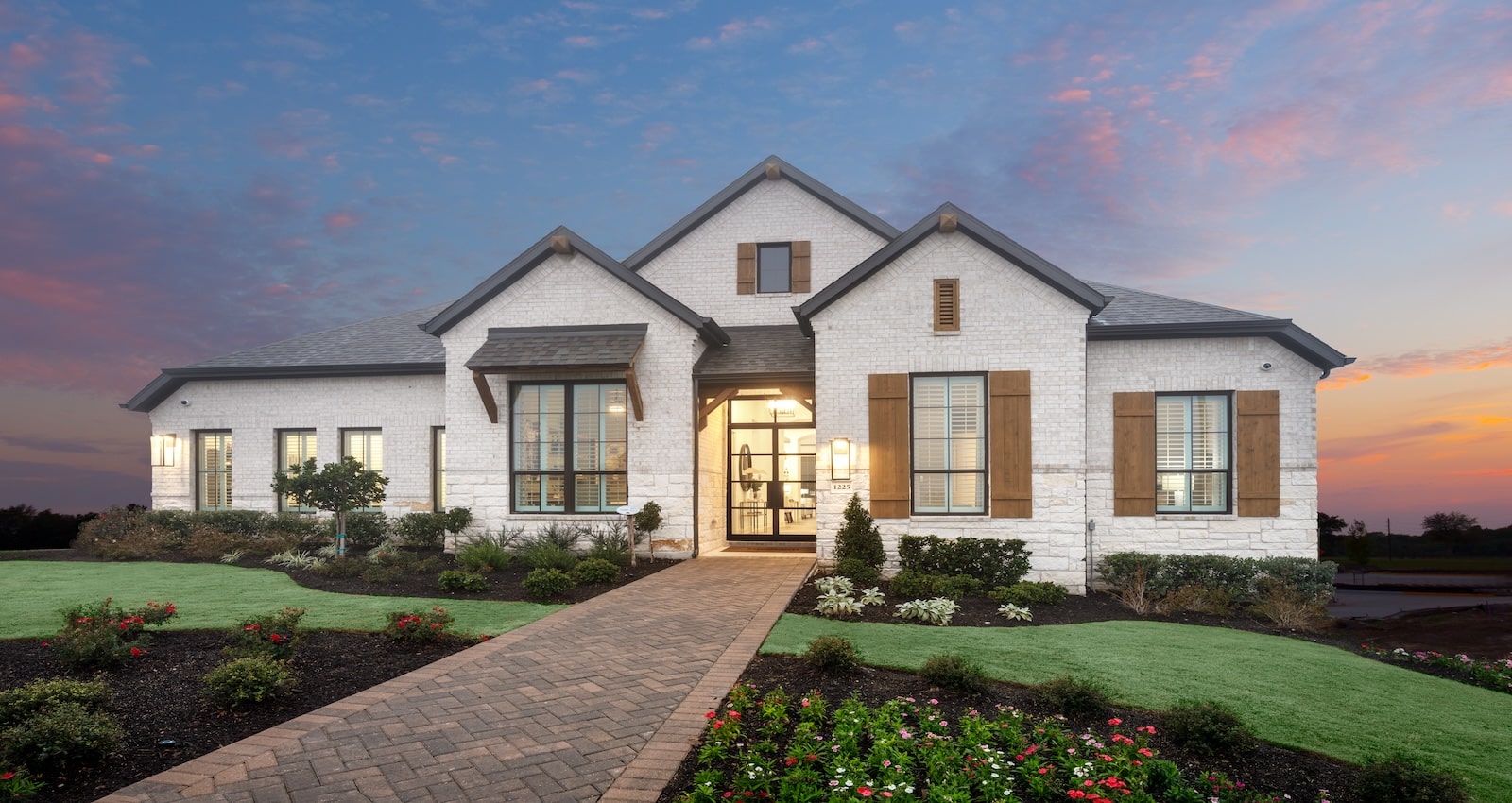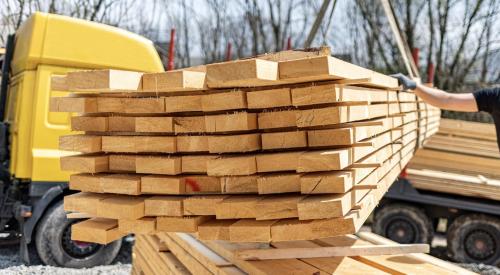Companies here and worldwide faced unprecedented challenges during the COVID-19 pandemic. For Dallas, Texas-based Highland Homes, this experience spurred numerous initiatives to enhance the builder's supply chain strategies for future crises.
“We learned a lot from the pandemic,” says James Dalton, Highland’s SVP of supply chain management and purchasing. “The supply chain was pushed to its limits, with shortages in everything from materials to labor, while manufacturers struggled to keep up with the high demand.”
During 2022, the time to construct a home extended from the typical 140 to 150 days to 240 to 250 days, with costs rising due to supply chain issues and labor shortages.
“By 2023, we managed to reduce our construction time because the supply chain had stabilized, making goods and services more accessible,” Dalton says.
The company, which ranks No. 23 in Pro Builder’s latest Housing Giants rankings, reported more than $2 billion in revenue from 3,555 closings in 2023. Dalton says Highland Homes navigated the pandemic well, thanks to strong relationships with contractors and suppliers that the builder had developed over the last 25 to 30 years.
However, most of those relationships were local, and, Dalton says, “We needed a better grasp of the broader logistics landscape, including what was happening with suppliers and manufacturers further up the chain.”
RELATED
- Why You Need a Backup Plan for a Housing Market in Flux
- Rethinking the Global Supply Chain
- What I Learned Peeking Behind the Manufacturer/Supplier Curtain
Getting Supply Chain Help
In late 2022, Highland Homes brought in a third-party consultant to assess the home builder's supply chain and provide a rating. The consultant found that while Highland’s supply chain relationships were strong, the builder needed to expand beyond its existing network and gain more control over labor, materials, and other services.
In response, Highland Homes identified 24 categories necessary for home construction, developing a multipronged approach to create a new supply chain strategy.
By 2023, Dalton was spearheading several initiatives, the first being to adopt Power BI dashboards—a unified, scalable platform for self-service and enterprise business intelligence—to manage and respond to information and insights gleaned from vendor supply surveys and giving Highland visibility into all bidders.
What Is Power BI?
Power BI dashboards are single-page documents that use visualizations to tell a clear story about the data being presented. Power BI is a business intelligence (BI) software product and cloud service owned by Microsoft. The product is a collection of apps and software services that help users analyze, visualize, and share data.
“With multiple suppliers and contractors across the four major cities in which we operate, we could score each one and see how they compare,” Dalton says, adding that the platform was driven by internal input from the field.
Using the survey as a starting point, Highland held more than 120 meetings with suppliers and trade contractors over a three-month period, and the builder now conducts supplier/vendor surveys every six months to help it make the best vendor selections for its Texas communities in Austin, Dallas/Fort Worth, Houston, and San Antonio.
Reducing Supply Chain Risk
Another ongoing initiative is developing a risk assessment strategy, which involves identifying all building materials and analyzing total spend among vendors and suppliers in all cities. The expected outcome will help Highland Homes evaluate its spending versus risk, flag overused suppliers, and develop more strategic relationships. “The goal is to provide insights on whether we’re over-leveraged in some areas and develop future action plans from there,” Dalton says.
Meanwhile, the company’s purchasing managers are meeting with manufacturer/supplier buying groups to understand their business structures and sourcing methods.
“We want to understand their business better and develop transparency with them, which will help us learn more about their products and services and what affects them,” Dalton says. “Ideally, we’ll have weekly meetings with our purchasing group, directors, and managers, which also will be educational for their career growth and development.”
For these meetings, Highland Homes is creating a commodity tracker to follow prices for fuel, transportation, steel, iron ore, and construction wages, helping the builder better understand the impact of commodity price fluctuations on its operations.
Dalton also has an upcoming initiative to develop an internal program for forecasting the exact number of housing units Highland plans to build, providing more accurate information to suppliers and manufacturers. “Our forecasts will be compared to actuals, giving suppliers the best information possible,” Dalton says. “In the past, builders provided high-level numbers, but we aim to give suppliers detailed information to ensure they have what they need.”
Creating a Solid Supply Chain Plan
Today, Highland Homes has 10% to 20% more suppliers than it did during the pandemic, depending on the product category. For example, procuring windows was a major issue during the pandemic, Dalton says, echoing the experience of many builders that experienced similar problems with that product category. “Lead times went from two to three weeks pre-pandemic to eight to 20 weeks,” he says, which significantly disrupted Highland Homes' construction schedule. “We’ve since increased the number of window manufacturers we use to give us more options.”
By proactively understanding the supply chain, Highland Homes also overcame the challenge of “rising over the silos.”
“In creating a supply chain strategy for each category, we found that some suppliers operated in silos, not communicating across cities or divisions,” Dalton says. “Partnering with some suppliers was a challenge, but we succeeded in understanding the hierarchy within their organizations. Now, we’re making a big push to connect with the C-suite of these organizations for a more holistic view, enabling us to push initiatives down from above.”
Ready for Any Possible Supply Chain Threats in the Future
For Highland Homes, the end of the pandemic marked a new beginning. Instead of returning to business as usual, the company launched strategies to better prepare for future supply chain threats.
“Supply chain disruptions can happen at any time, not just during a pandemic,” says company president Aaron Graham. “A ship hitting a bridge in the Port of Baltimore could impact our suppliers obtaining wood or gypsum for drywall. Understanding these events helps us be proactive rather than reactive.”
Now, two years post-pandemic, Graham says Highland Homes is better positioned to handle supply chain crises.
“We have a better understanding of our supply chain and our suppliers, and we have access to solid information to be proactive rather than reactive,” Graham says. “We’re expanding our relationships and knowledge about our suppliers' products and services while developing strategies by category.”
RELATED
- Now Is a Good Time to Review and Refresh Your Materials Supply Chain
- Tap Your Purchasing Team to Build a Stronger Business














